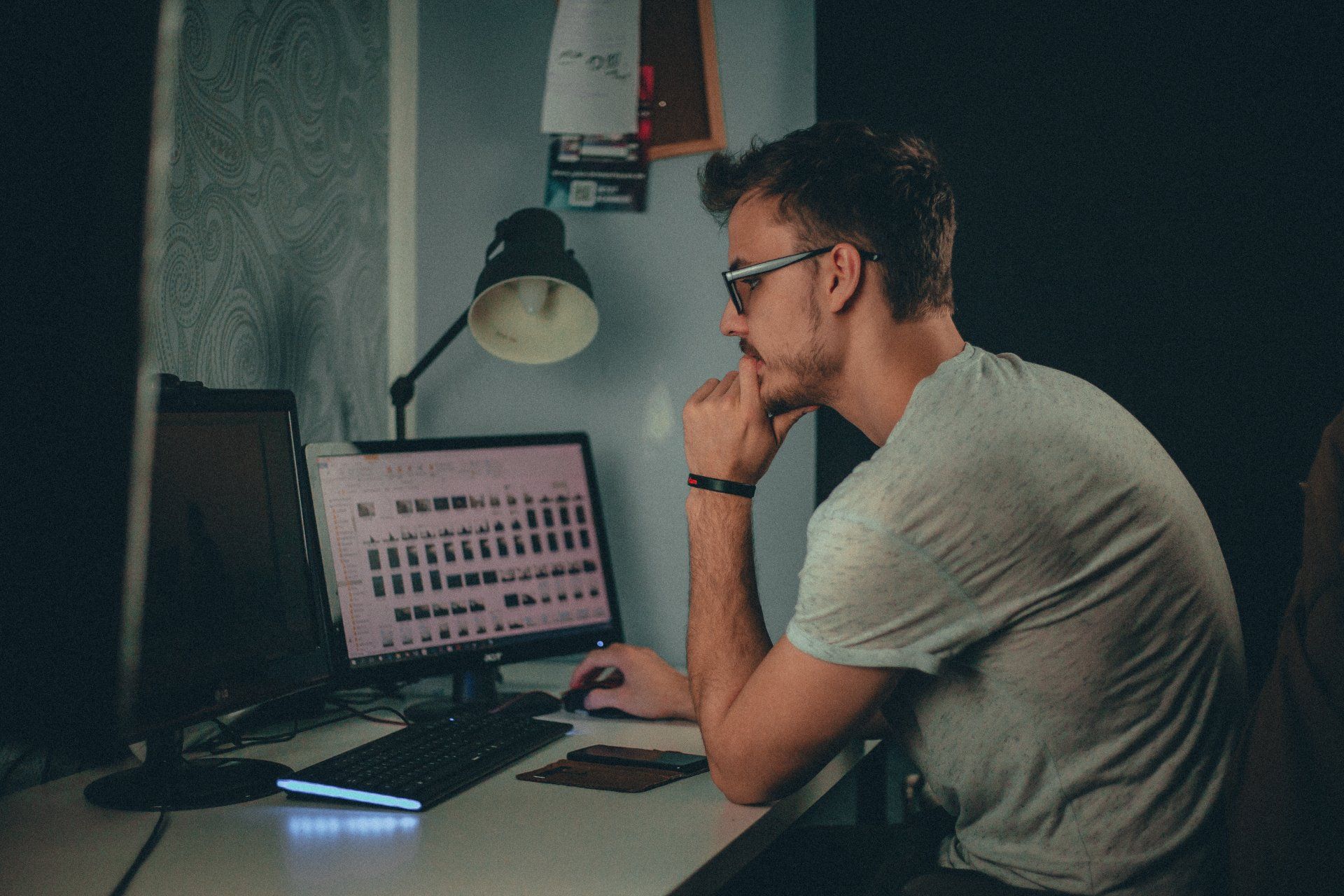FEDERAL COPYRIGHT REGISTRATION
ATTORNEYS TEXAS
Enforcement of copyright in federal court requires that the copyright must first be registered with the U.S. Copyright Office.
COPYRIGHT REGISTRATION SERVICES
What Is A Copyright?
A copyright is an ownership right that automatically vests when creating an original work of authorship – like a literary work, song, movie, or software. Your ownership rights include the right to reproduce the work, to prepare derivative works, to distribute copies, and to perform and display the work publicly. Additionally, copyrights may be secured on games, computer code, monuments, designs, sculptures, recipes, screenplays, and other photographic or video works. Our copyright attorneys provide copyright registration, maintenance, and enforcement services to protect and preserve your works.
Why Register For A Copyright?
Although copyrights exist from the moment a work is reduced to tangible form, you must register your copyright with the U. S. Copyright Office before enforcing your rights through a lawsuit. 17 U.S.C. § 411 requires that any copyright claimant must have registered or preregistered their copyright with the U.S. Copyright Office before they can bring suit. Registered or not, copyrights will always confer the following exclusive rights to the copyright owner: (i) the right to reproduce the work and sell or otherwise distribute copies; (ii) the right to perform or display the work publicly; (iii) the right to prepare new works based on the protected work, called derivative works; and (iv) t he right to authorize others to exercise these exclusive rights through licensing agreements. For information on how to register a graphic design copyright, see our Requirements to Copyright a Graphic Design web page.
What Is Required For A Copyright Application?
An application for copyright registration is a straightforward process. It requires three things: (i) a completed application form, (ii) a nonrefundable filing fee, and (iii) a nonreturnable deposit of the work being "deposited' with the U.S. Copyright Office — that is, a copy or copies of the work being registered and "deposited" with the Copyright Office. Unless you are allowed to file multiple works in one application, you must submit a separate application, filing fee, and deposit for each work you want to register. It is important that your copyright filing is accurate in the event litigation must occur to protect that copyright. In order to avoid costly errors in the copyright filing process, our copyright attorneys work with clients to obtain the necessary information to file applications for registration properly. There are important considerations and information that must be included in all copyright applications, such as:
- All Individual Contributions to the Work;
- Identify All Work Made for Hire;
- Is Author an Employee or Owner;
- Living or Deceased Author;
- Identification of Prior Work within the Contribution;
- Any Assignment or Transfer of Copyright-able Interests;
- Has the Work Already Published; and
- Does the Work Contain Public Domain Materials?
When Is A Copyright Jointly Owned?
A copyright is jointly owned when two or more authors create original work together, intending to combine their contributions into an inseparable whole. Once inseparable, each is known as a "joint copyright owner." It is important that each joint owner's contribution to the work be material and individually copyrightable. Examples of work that are not copyright-able are (i) ideas, procedures, methods, systems, processes, concepts, principles, or discoveries; (ii) works that are not fixed in a tangible form (such as an unwritten or recorded choreographic work or improvisational speech); (ii) titles, names, short phrases, and slogans; (iv) familiar symbols or designs; (v) variations of typographic ornamentation, lettering, or coloring; and (vi) listings of ingredients or contents.
What Are The Rights Of Joint Copyright Owners?
A joint copyright owner's rights are identical to those of a single copyright owner. For instance, each joint copyright owner can reproduce, perform, and distribute the work and create derivative works without permission from the other copyright holders. Unlike patents and absent a written agreement to the contrary, a joint copyright owner must share all profits from exploiting the copyrighted work with all other joint copyright owners. Our copyright attorneys can assist in your U.S. Copyright filings and provide you guidance on properly securing your software and other copyrights in and to your literary work, song, or movie.
Additional Copyright Registration Focus
What Is A Collective Copyright Work?
Collective copyright work is created when multiple authors contribute to a piece without creating an interdependent whole, such as periodicals or anthology. Unlike a collaborative work, authors of a collective copyright work are not joint authors of the whole work and individuals retain their copyright ownership to their contributions. Our copyright attorneys provide advice on copyright registration as well as the protection and enforcement of copyright rights.
How To Mark A Registered Copyright?
A copyright owner can significantly enhance the protection afforded by copyright by filing that copyright with the U.S. Copyright Office. Once the U.S. Copyright Office has notified you that your work has registration, you should begin properly marking your creative works to put third parties on notice as to your copyright registration. A copyright notice should contain the following:
- The Word “Copyright”;
- A “C” in a circle (©);
- Date of Publication; and
- The Author/Owner Name of All Copyrights in the Work.
For example, a copyright notice for a novel could be The History Of Mark Twain by Joseph Bates, "Copyright © 2019 by Joseph Bates."
When Do Copyrights Enter The Public Domain?
All works published in the United States before 1924 are in the public domain. Works published after 1923 but before 1978 are protected for 95 years from the date of first publication. Copyrights created after January 1, 1978, will last for the author's lifetime plus an additional 70 years.
CLIENT MATTERS
5,000+
YEARS OF SERVICE
25+
Award Winning
Recognized in the legal industry as dedicated board-certified lawyers and Rising Stars.
Expert Team
Your project will be handled by legal experts every time. You will have the most experienced attorneys working for you.
Quality Representation











